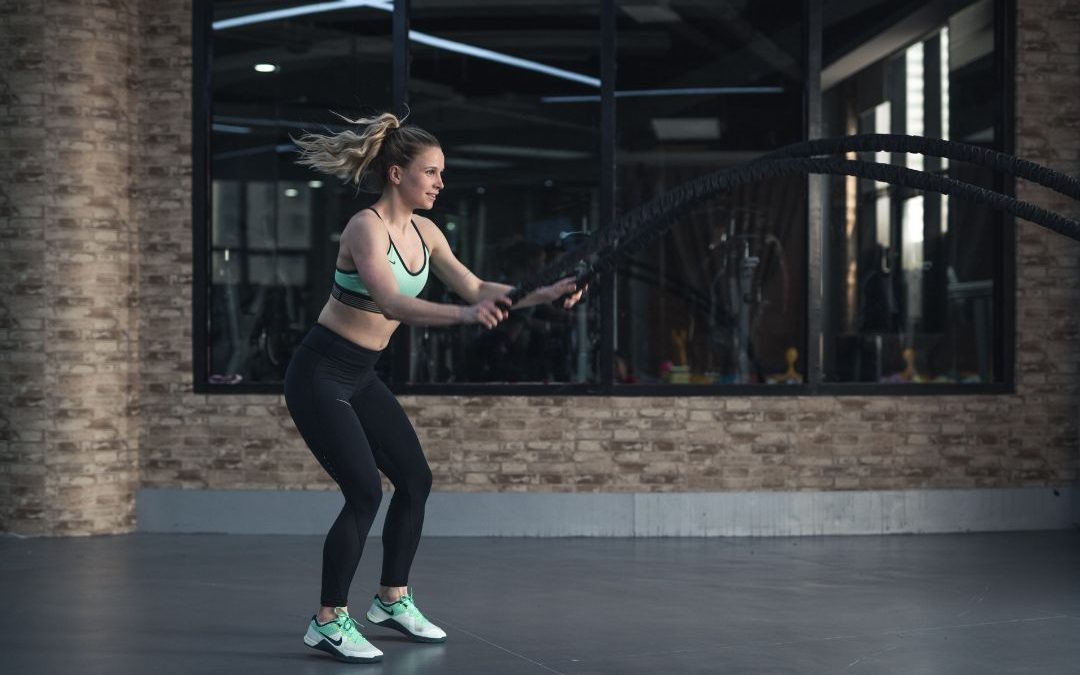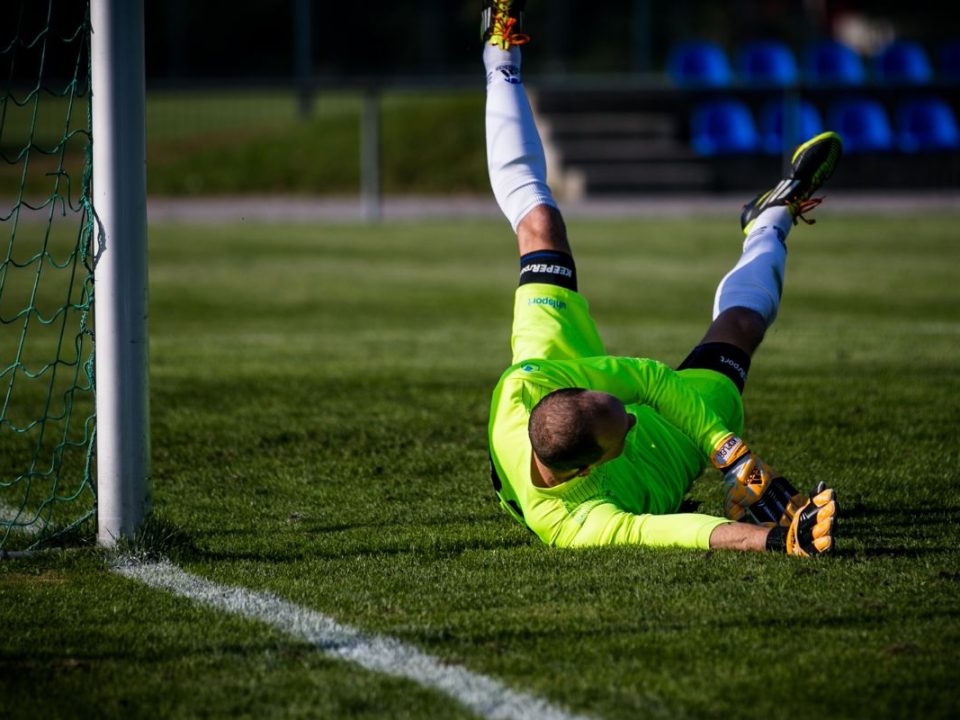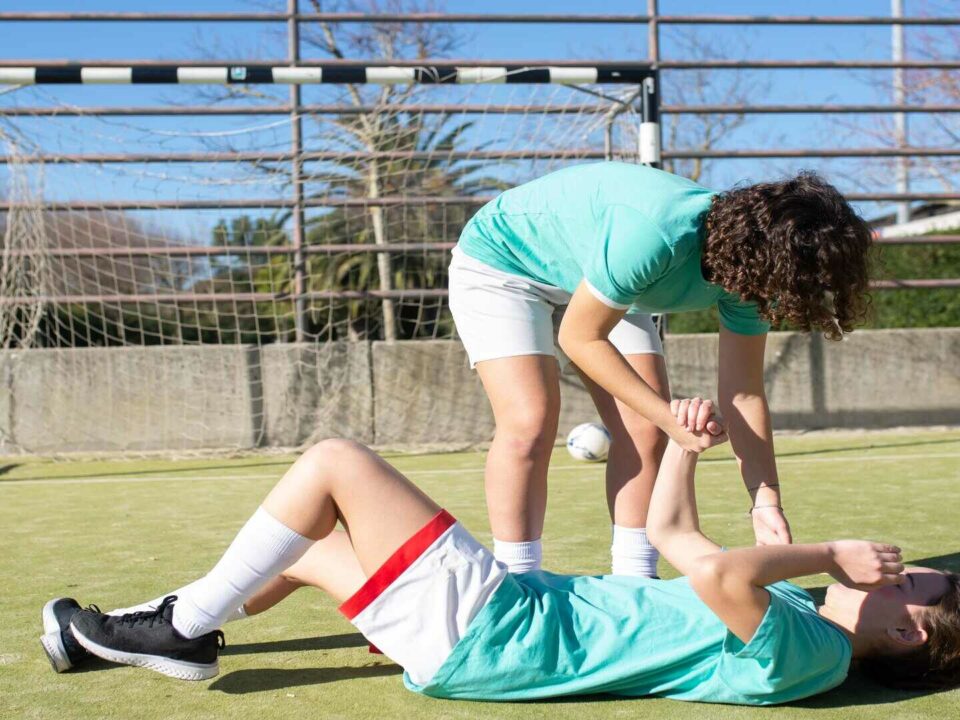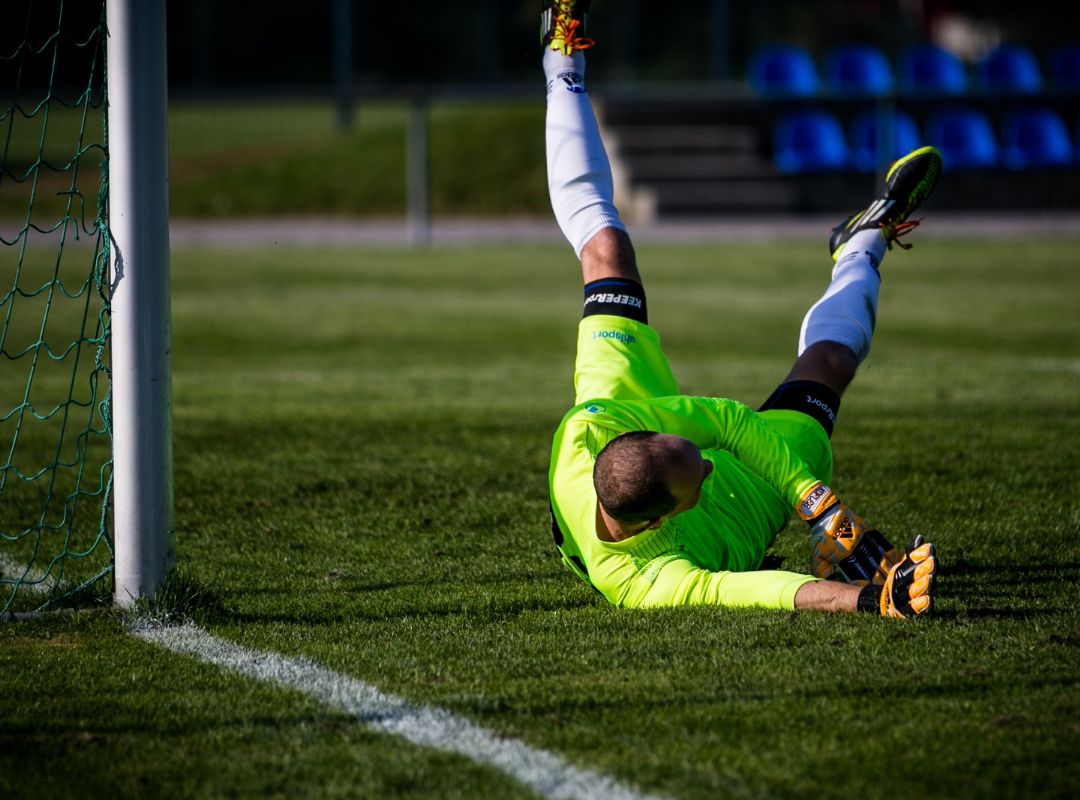
Shoulder injuries in football
December 17, 2024
Elbow pain – what we do is reflected in what hurts us
December 17, 2024CrossFit – friend or foe for healthy shoulders?
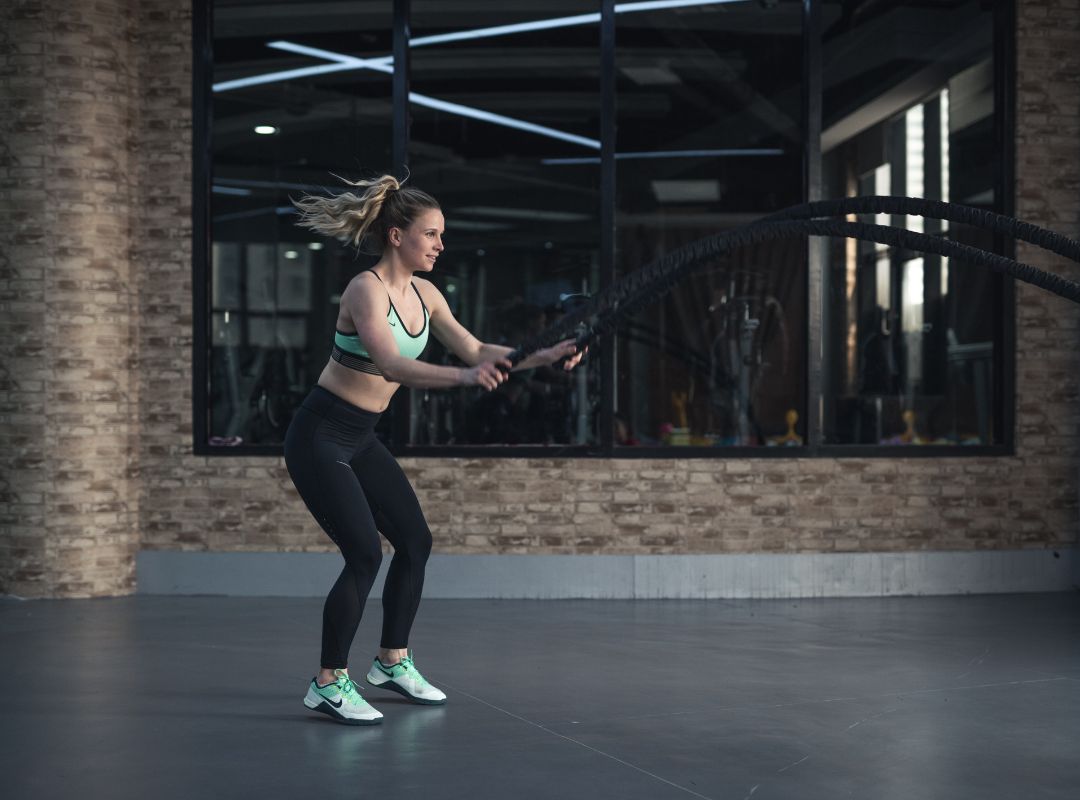
CrossFit is a type of physical exercise that has grown in popularity in recent decades, being practiced by thousands of people in our country.
Through high-intensity training, it seeks to simultaneously address several areas of fitness, such as cardiorespiratory fitness, endurance, muscular strength and power, flexibility, among others.
CrossFit is a form of physical exercise that has become increasingly popular in recent decades and is practiced by thousands of people in our country. Through high-intensity training, it seeks to simultaneously address several areas of fitness, such as cardiorespiratory fitness, endurance, muscular strength and power, flexibility, among others.
Although physically demanding, there are several levels of training that can be adapted to different physical fitness profiles, which contribute to improving aerobic capacity and endurance, weight loss and increasing muscle mass, relatively quickly. There is also a type of training that can be done individually or in a group, strengthening social bonds and becoming more motivating.
However, high-intensity exercise can also be associated with injuries. In the case of CrossFit, around 25% of practitioners suffer some type of shoulder injury, which makes this region particularly relevant.
Why can the shoulder be affected by CrossFit?
CrossFit workouts consist of high-repetition, high-intensity exercises with short recovery times. Gymnastics, weightlifting, and strength training exercises are adapted, along with intense cardiovascular activity.
These exercises often involve the shoulders in overhead movements with loads, which puts this mobile but non-load-bearing joint at risk. Some examples of exercises are overhead presses, Olympic lifts and pull-ups or plank positions and push-ups, among many others.
When performed correctly, by individuals who are physically well prepared and respecting the rest times and appropriate loads, these exercises contribute to extremely healthy shoulders that are capable of exceeding the objectives of each training session. However, excessive stress on the shoulder can lead to wear and tear of the structures that support the correct functioning of this joint.
The most common cause of shoulder injuries is inadequate physical form when performing exercises in which the shoulder plays a dominant role, especially variations of the snatch and overhead press. However, even experienced athletes with great physical fitness can develop shoulder injuries when the loads, repetitions or accumulation of effort exceed the limits of the structures, which varies from athlete to athlete and even at different periods of their life.
What are the most common shoulder injuries among CrossFit athletes?
The scientific literature already contains studies dedicated to injuries suffered specifically by CrossFit athletes. According to recent data, the shoulder and back are the most common areas of injury. Shoulder injuries can be divided into two main categories: traumatic or overload/overuse. The former result from an acute event with direct trauma, strain or fall, and are less common in this sport. Shoulder and acromioclavicular dislocations, fractures and acute tears of the rotator cuff or rupture of the biceps tendon/biceps are examples of traumatic injuries.
Overuse injuries are more common and are caused by continued efforts that are beyond the adaptability of that particular person. Rotator cuff tendonitis or tendinopathies involve inflammation and degeneration of the tendons around the shoulder, which not only assist in elevation and rotation movements, but also contribute fundamentally to stabilizing the joint and allowing the action of the large muscle masses around it, such as the deltoid and pectoral muscles. Small tears can develop in these tendons, sometimes called PASTA (partial articular supraspinatus tendon avulsion) injuries.
Subacromial impingement syndrome can also be included among the most common injuries, although there is some controversy regarding its definition. In some people, there appears to be a pinching of the supraspinatus tendon by the surrounding bony structures, due to repetitive movements of opening and raising the shoulder. This can contribute to pain and degeneration of the tendon. However, other less common problems can arise from practicing CrossFit, such as muscular atrophy due to compression of nerve branches in the shoulder or scapular dyskinesia, due to loss of coordination of the muscles that stabilize the shoulder blade to the trunk.
How to prevent shoulder injuries in CrossFit?
The best way to prevent these injuries is to maintain good form and perform exercises correctly with appropriate weights. There are some strategies that can be included in your training routine to avoid shoulder problems.
For example, you can choose some exercises that are designed to improve shoulder stability, not only in the muscles and ligaments around it, but also in those involved in connecting the shoulder to the trunk and the trunk to the lower limbs. This results in a better ability to perform overhead movements and reduces the risk of injury. Some exercises can be considered as examples, with a recommended frequency of around 2 to 3 times per week:
- Seated Shoulder Press
- Kettlebell lift (bottoms-up, with low loads and slow, controlled movement)
- Single-leg cable press (with double the time in the eccentric phase when pulling the cable back)
- Barbell bench press with bands and hanging weights
Stretching exercises for the anterior and posterior muscles should also be considered, especially in cases where there is some type of contracture or limitation of the range of mobility.
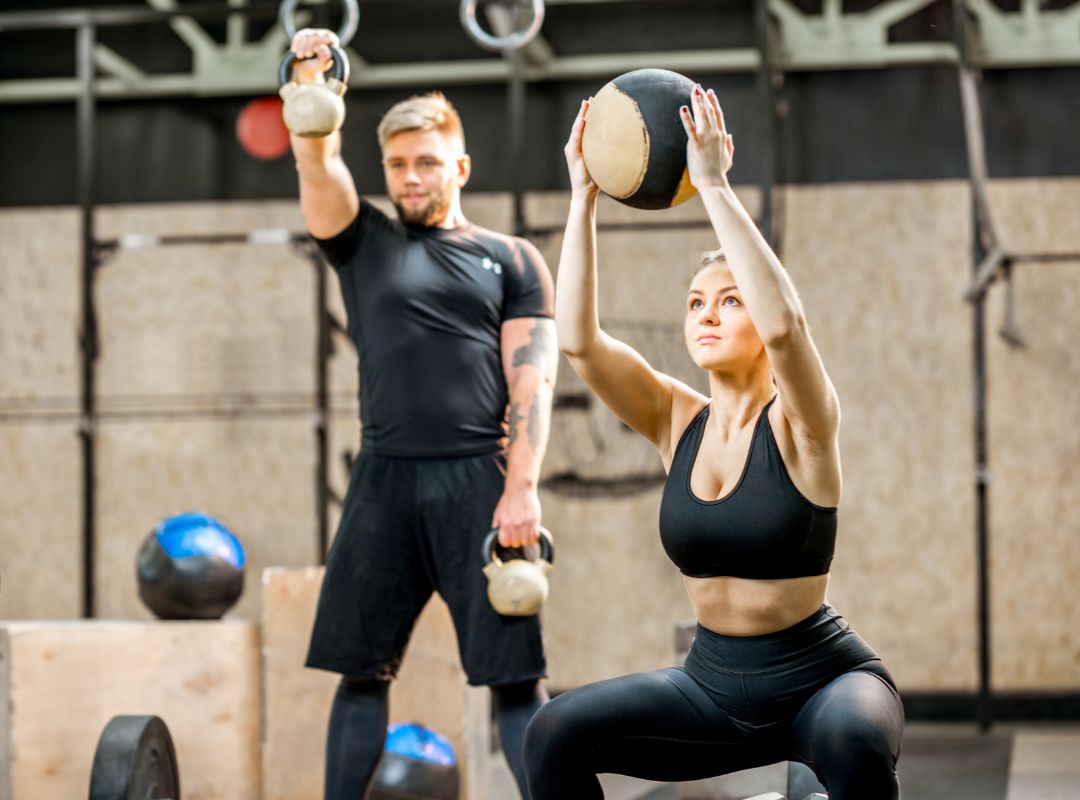
Are there treatments for shoulder injuries in CrossFit?
Although the best treatment is prevention, CrossFit is a high-intensity sport and injuries are part of the sport.
The evaluation by an orthopedic specialist in the shoulder includes not only a detailed clinical examination and the interpretation of the most appropriate radiological exams, but also the level of sports practice and expectations for returning after injury.
Overuse/overuse injuries, such as rotator cuff tendonitis or subacromial impingement syndrome.

